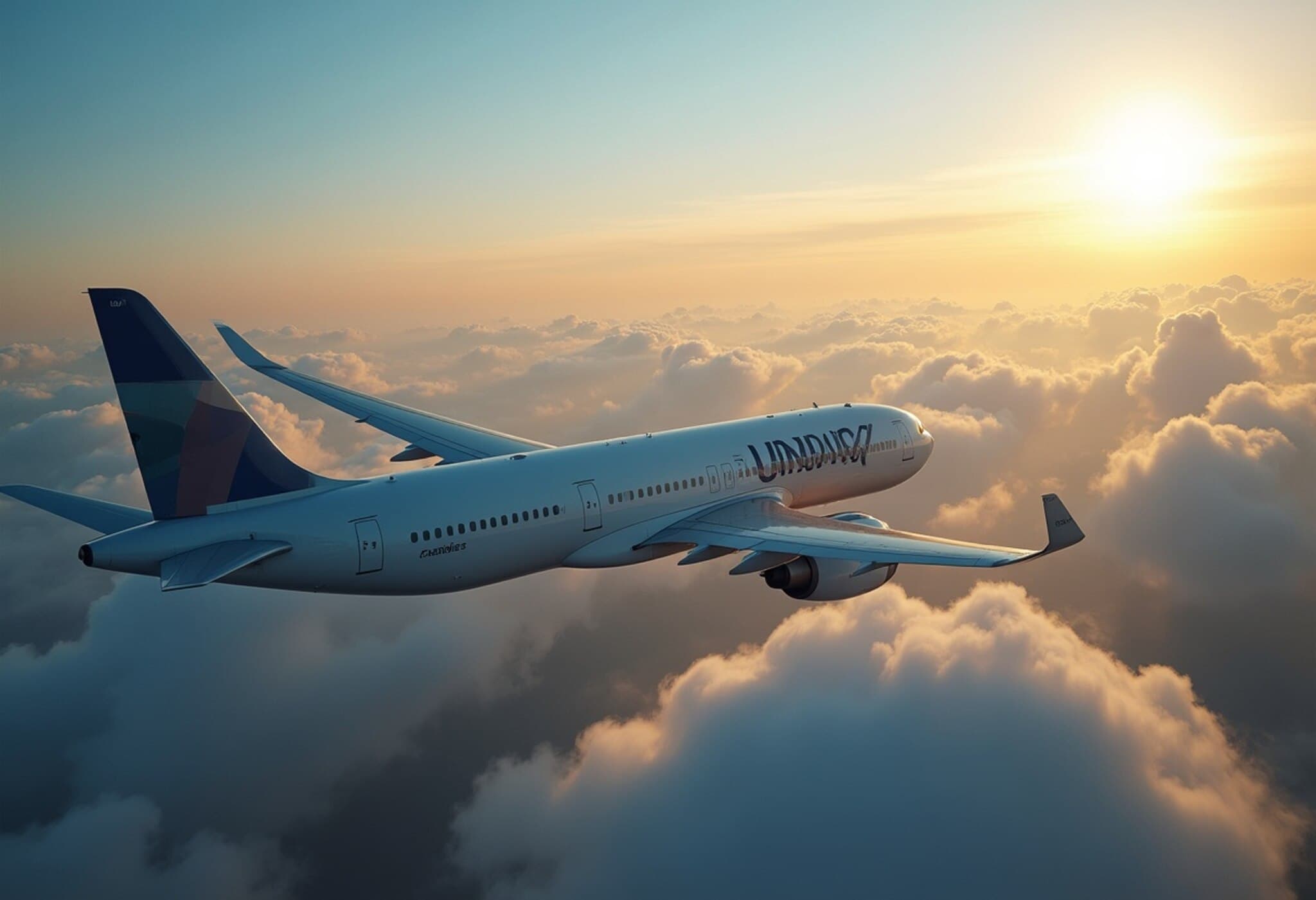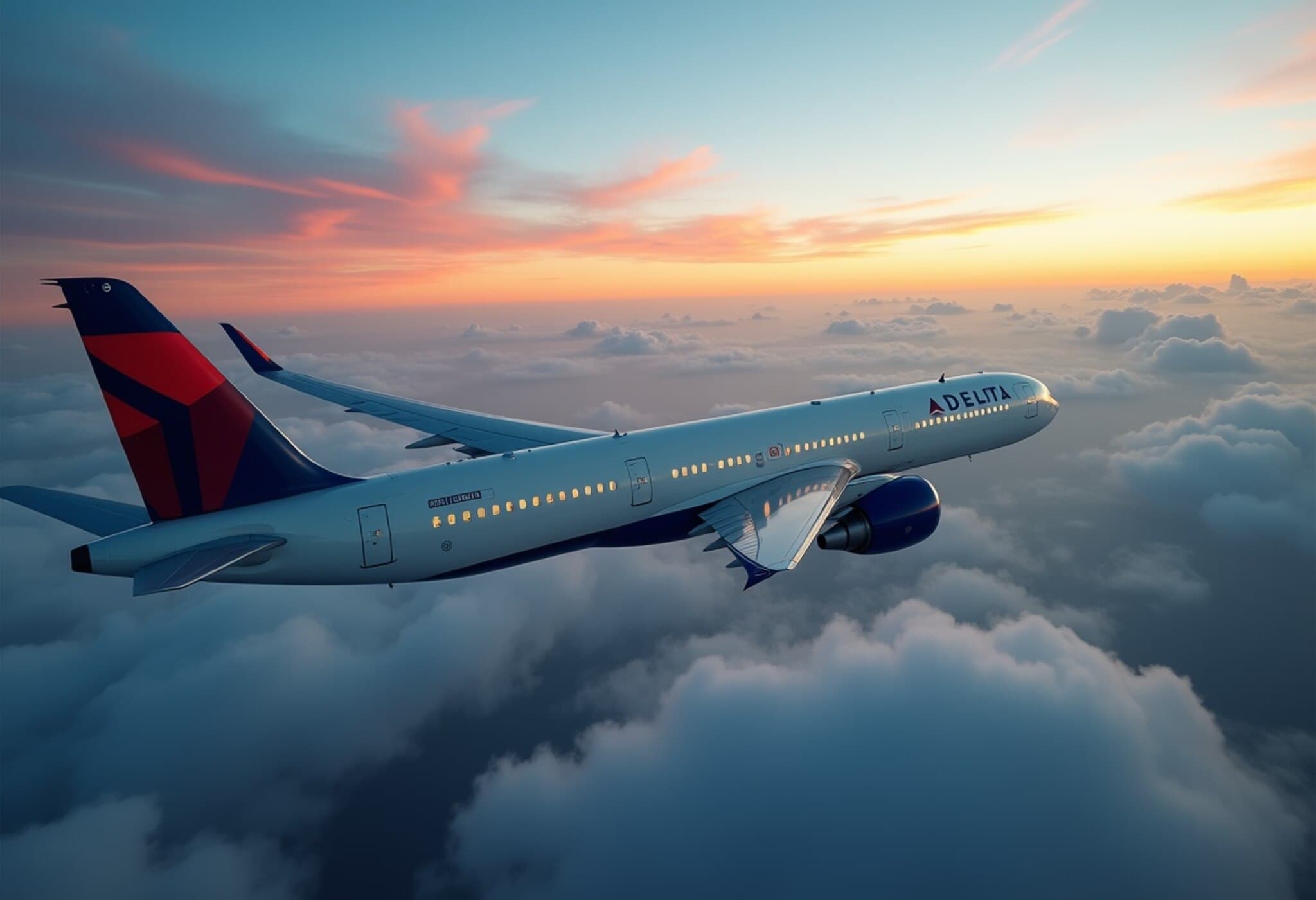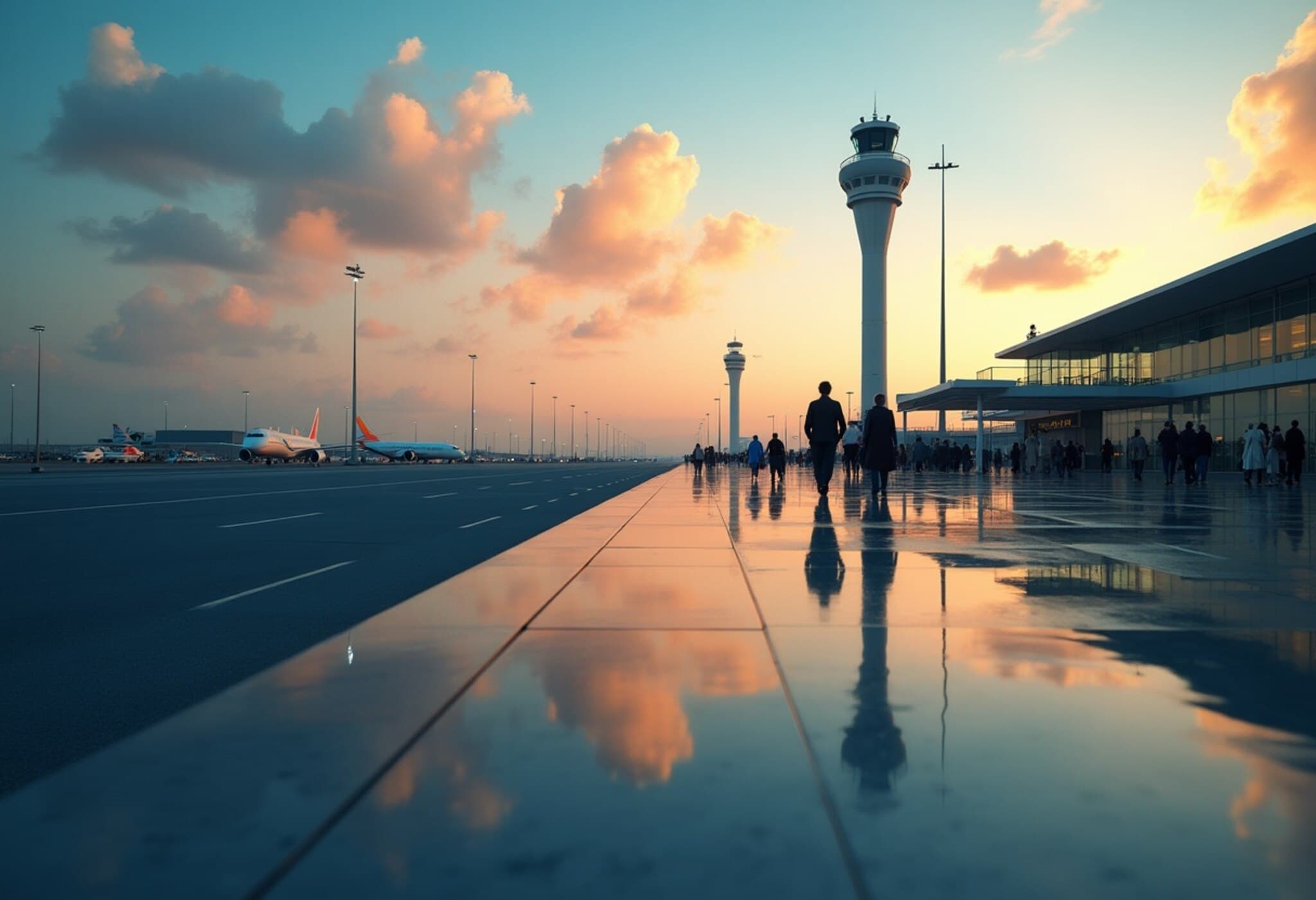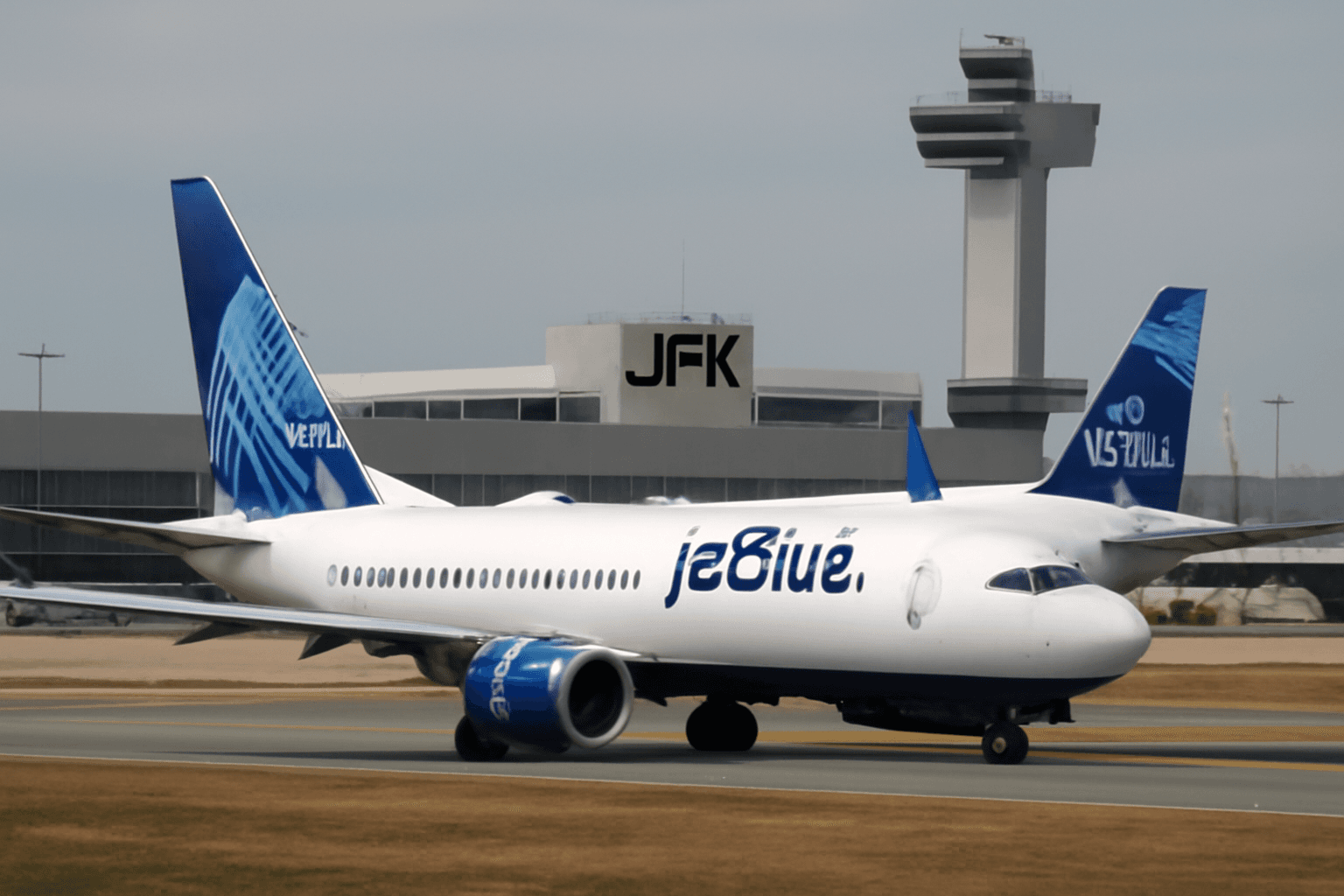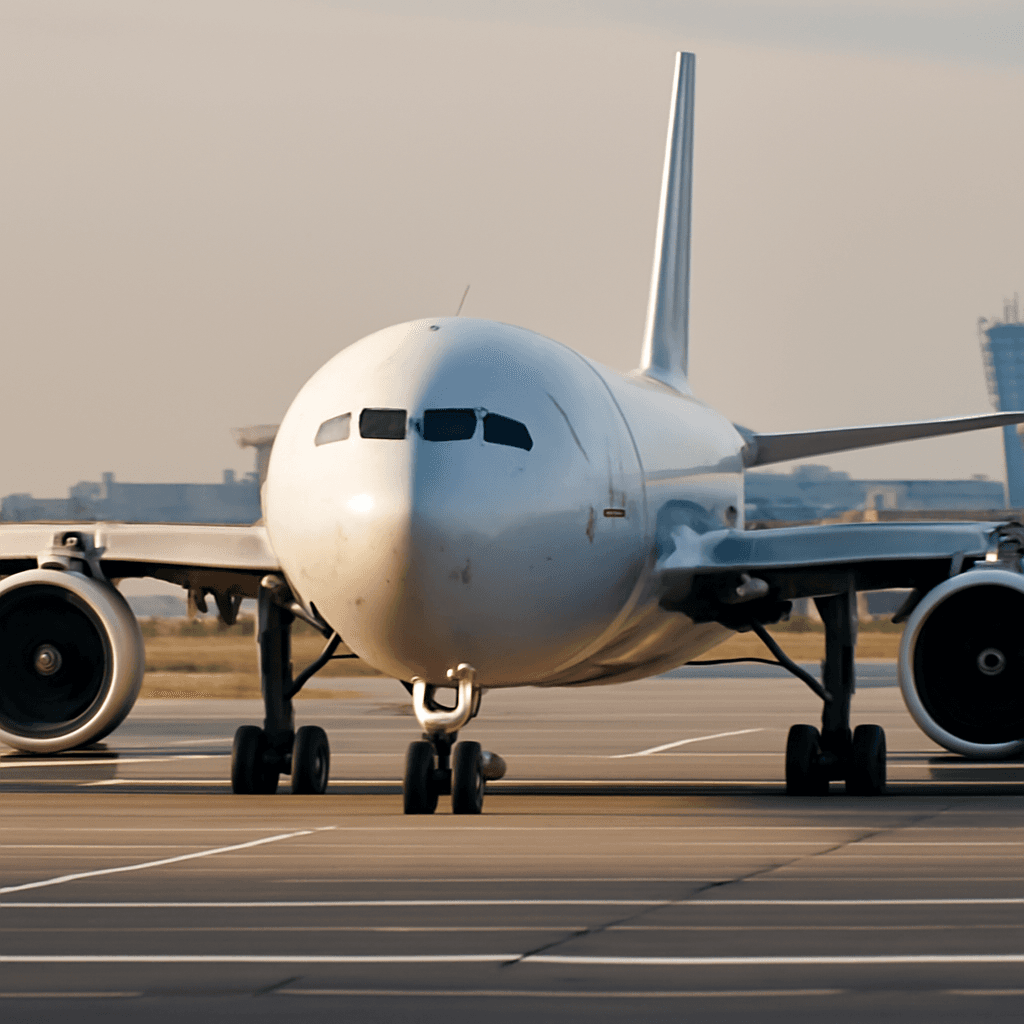Summer Travel Faces New Challenges for U.S. Airlines in 2025
As the summer travel surge unfolds in 2025, U.S. airlines are navigating a more complex and unpredictable landscape than in years past. Gone are the days when airlines could count on steady, booming summer schedules to rake in profits. Instead, shifting travel patterns, rising operational costs, and evolving consumer behaviors are forcing carriers to adopt nimble strategies to stay afloat.
Unpredictable Demand and Changing School Calendars
This year, one key disruptor has been the changing rhythm of the American school calendar. Many public schools nationwide, especially in major metropolitan areas like Dallas and Atlanta, are returning to classrooms earlier—by early August—while summer breaks are starting earlier in the year.
Brian Znotins, Vice President of Network Planning and Scheduling at American Airlines, highlights this trend: “Schools are getting out earlier and going back earlier, and that has a noticeable impact on when families plan their trips.”
This results in travelers front-loading their summer vacations into May and June, causing a tapering off of demand by August. Airlines like Southwest and American have already adjusted their summer schedules accordingly—Southwest ended its summer season almost 10 days earlier than last year, while American is shifting peak summer flights to start just before Memorial Day next year.
Capacity Cuts and Rising Fares Amid Cost Pressures
Inflationary pressures and increased labor costs in the post-pandemic period mean airlines can no longer afford to operate excessive flights hoping to lure price-sensitive customers. As a result, carriers have been trimming capacity aggressively in August—down 6% compared to July in 2025, a sharper cut than in previous years.
These adjustments come after airlines initially slashed fares earlier this year to attract hesitant flyers amid lingering economic uncertainty and concerns over President Biden’s on-again, off-again tariff policies, which dampened consumer confidence. According to recent U.S. inflation data, airfare prices increased by 0.7% year-over-year in July, with a notable 4% spike month-over-month from June to July. This signals airlines are attempting to recover profitability by balancing fewer seats with higher ticket prices.
The Last-Minute Booking Phenomenon
Another shift adding complexity is consumer booking behavior. Rather than reserving tickets months in advance, many travelers postponed decisions into late May and even as close as Memorial Day weekend. Marty St. George, President of JetBlue, observed, “People waited a long time to make their final choices, which creates challenges in forecasting and matching supply with demand.”
This last-minute booking trend contrasts sharply with traditional airline planning models that rely on early reservations to manage schedules and pricing efficiently.
Long-Term Adaptation: Rethinking Airline Scheduling
Leading airlines recognize the need for flexibility beyond seasonal adjustments. American Airlines, for example, plans to incorporate more long-haul international flights while optimizing capacity during low-demand quarters like the first few months of the year. That approach requires a delicate balance—providing attractive products for travelers while avoiding costly underutilization of planes and staff.
As Raymond James airline analyst Savanthi Syth points out, “The biggest mistake can be overbuilding for peak travel periods and then being stuck with excess capacity and labor during leaner times.”
Broader Economic and Policy Context
The airline industry’s challenges also mirror broader U.S. economic dynamics. Inflationary pressures, fluctuating consumer confidence, and uncertain trade policies create an environment where leisure travel demand is less predictable. Airlines’ efforts to navigate these headwinds highlight the sector’s sensitivity to macroeconomic and geopolitical factors.
Looking Ahead: What Travelers and Airlines Can Expect
As the summer winds down, airlines remain cautiously optimistic. Improved booking trends and strategic capacity management suggest a more balanced supply-demand dynamic may emerge in the fall. Nevertheless, airlines will continue to grapple with fluctuating travel windows influenced by societal shifts like evolving school schedules and pandemic-era behavioral changes.
For American travelers, this means potentially higher fares but also more targeted flight options tailored to new travel patterns. The key takeaway? Summer travel isn’t what it used to be, and both airlines and passengers must adapt to a landscape of change and uncertainty.
Editor’s Note: Decoding the Future of Summer Travel
Summer travel in the U.S. is becoming a moving target. Airlines must balance rising costs and shifting demand while travelers juggle changing calendars and economic anxieties. This evolving dynamic raises critical questions: How will changing school schedules continue to shape travel peaks? Can airlines innovate pricing and scheduling models to better match modern traveler behavior? And what might the long-term implications be for affordable, accessible summer travel?
Monitoring these trends will be essential for policymakers, industry stakeholders, and consumers alike, as the post-pandemic world reshapes our approach to mobility and vacation culture.

